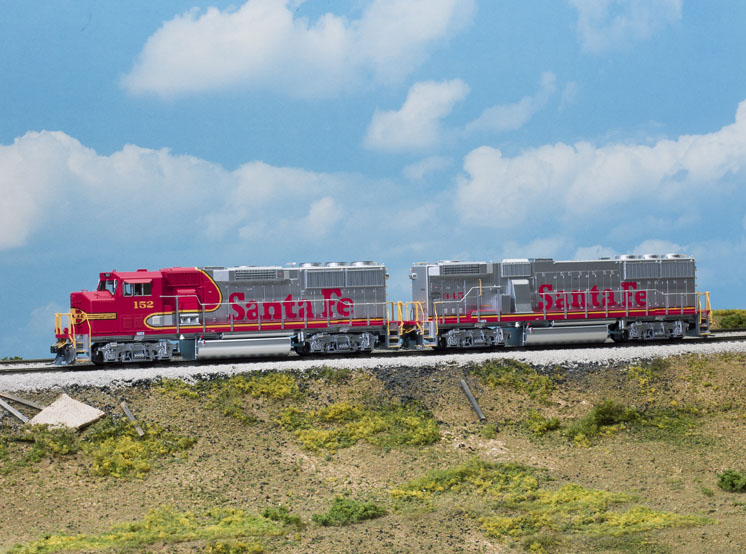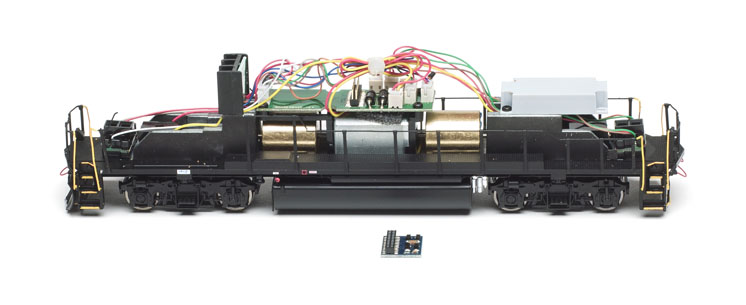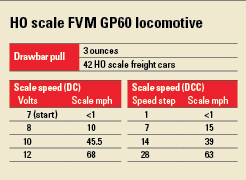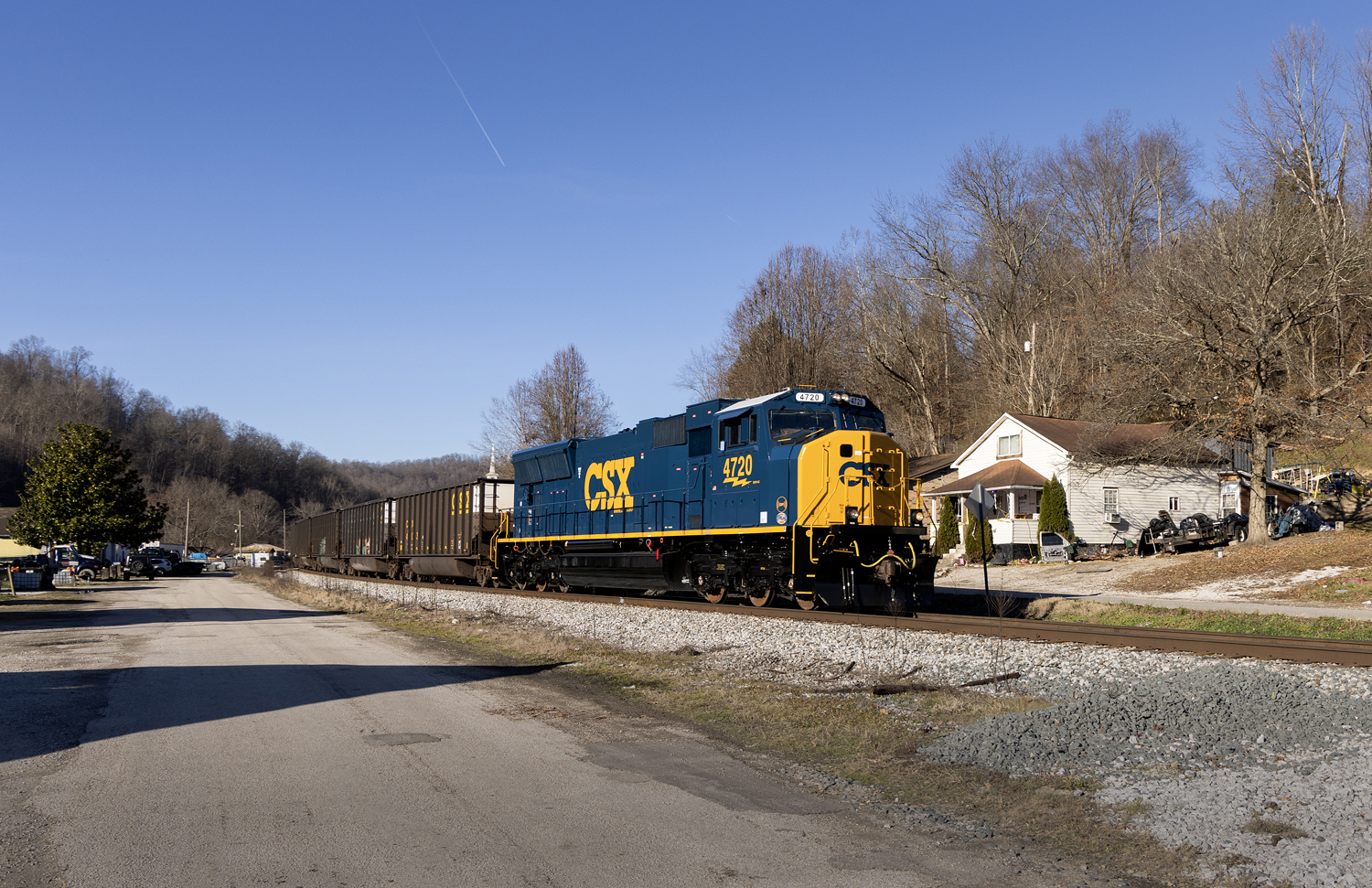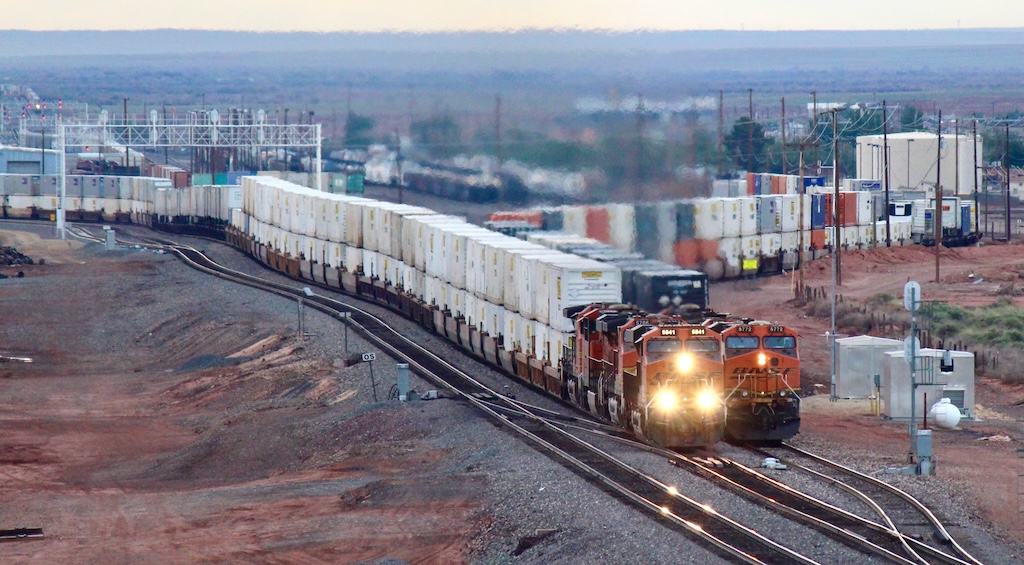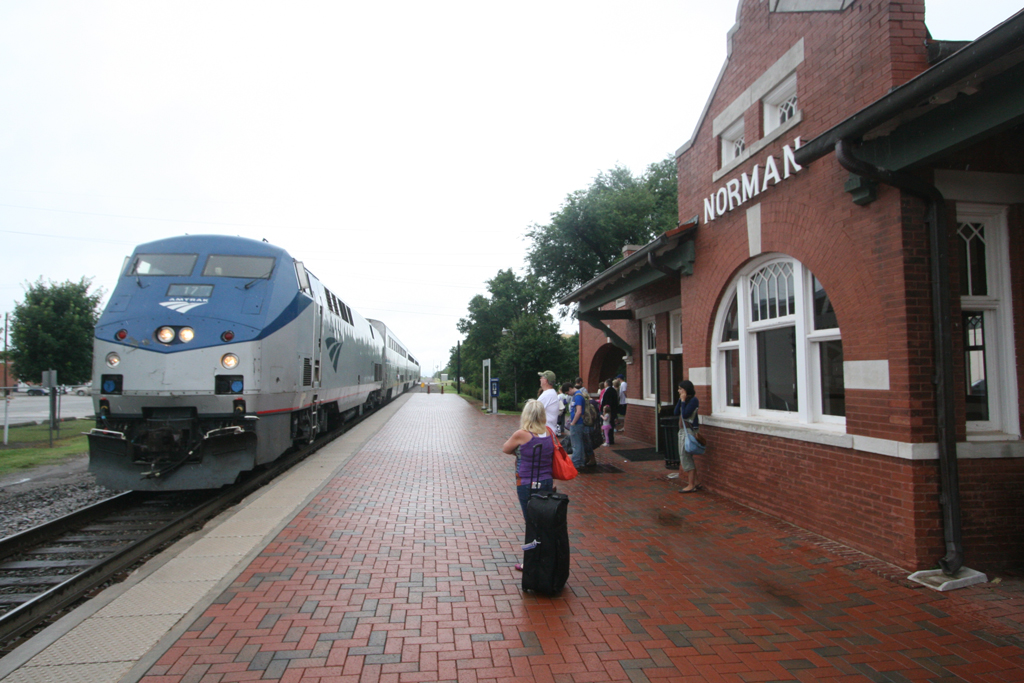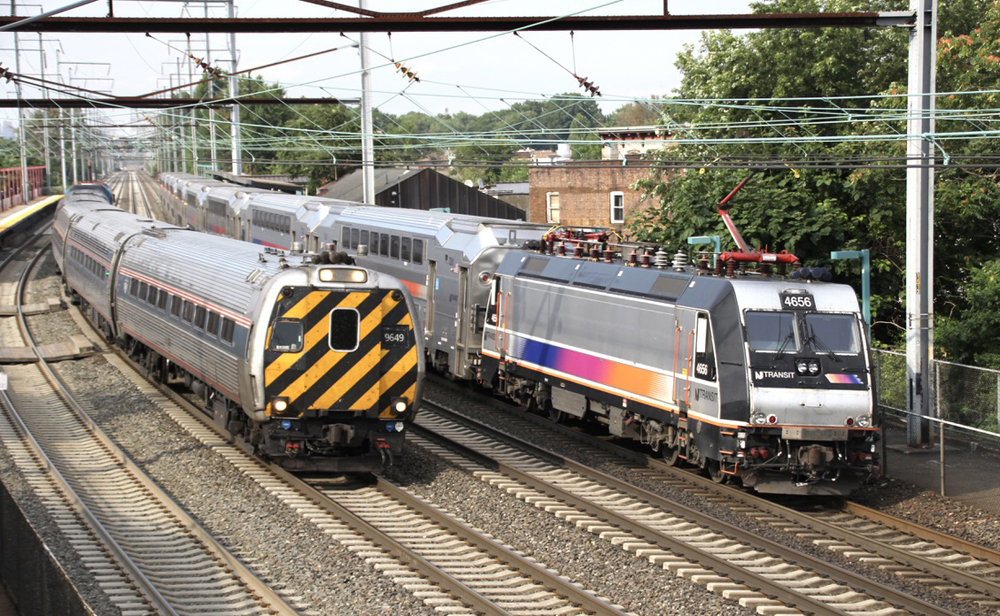Dressed up in the warbonnet livery of the Atchison, Topeka & Santa Fe Ry., Fox Valley Models’ GP60M and GP60B model unique ATSF prototypes. Both HO scale locomotives are available with ESU LokSound dual-mode decoders for realistic sound effects on direct-current and Digital Command Control layouts.
The prototype. General Motors Electro-Motive Division delivered the first GP60 in 1985 and would build 294 of the Spartan-cab locomotives. Major GP60 customers included the Santa Fe; Denver & Rio Grande Western; Norfolk Southern; Southern Pacific; and St. Louis Southwestern (Cotton Belt). The GP60 featured microprocessor control and a 16-cylinder EMD 710G3 prime mover that produced 3,800 hp.
After receiving 40 Spartan-cab GP60s, the Santa Fe commissioned 63 modified versions and 23 cabless boosters in 1990. Built exclusively for the Santa Fe, the GP60M featured a wide North American cab for added safety and crew comfort. The B units were the first cabless Geeps built since the 1960s.
The Santa Fe ordered the GP60Ms and GP60Bs to haul the railroad’s hotshot “Superfleet” intermodal trains. Many of the locomotives continued to haul freight after the Burlington Northern Santa Fe merger.
The model. The Fox Valley GP60M matches the dimensions of an EMD builder’s diagram and scale drawings from the November 2000 issue of Trains.
The plastic body shell features well-defined equipment doors and other molded detail. Separate plastic parts include all grab irons, brake cylinders, and the three-chime air horn. The handrails, m.u. hoses, and uncoupling levers are flexible plastic to resist breaking.
The cab features sun shades, separate windshield wipers, and rear-view mirrors. The interior is fully detailed but doesn’t include figures.
Rooftop radiator grills are separate plastic parts and look thick compared to the prototype. The fan housings are also missing the cast-in lift rings found on the prototype parts.
For the most part, the model’s paint scheme matches prototype photos. Following the prototype, the Santa Fe lettering on the GP60B is a smaller and thinner font compared to the GP60M. Also prototypical are the black radiator fan housings on the GP60M, as are the silver housings on the GP60B. Most of the lettering, striping, and stencil placement matches the prototype.
There are some discrepancies on the GP60M compared to prototype photos, such as those published in the Santa Fe Railway Diesel Painting & Lettering Guide for Model Railroaders (Santa Fe Railway Historical & Modeling Society). The step treads to the engineer’s cab door are silver, but should be red. The yellow uncoupling levers should be silver with yellow ends.
Mechanism. To remove the plastic body shell, I disengaged the press-fit handrails from the cab and hood. Guided by the included exploded-view diagram, I gently pressed the sides of the hood and cab above the locking tabs and lifted the shell from the die-cast metal chassis.
Equipped with brass flywheels, the motor rests in the center of the die-cast metal frame. Universal shafts connect the motor to truck-mounted gearboxes.
The main printed-circuit (PC) board is mounted atop the mechanism. On our DCC version the ESU decoder was plugged into the 21-pin socket on top of the PC board. On the DC version a dummy plug fits into this socket. A 16mm x 36mm rectangular speaker enclosure with a downward-facing speaker inside is mounted on the on top of the chassis above the rear gearbox.
Front and rear light boards with surface mounted light-emitting diodes (LEDs) are wired to the PC board. Clear plastic light pipes transfer the light to the appropriate lenses in the body shell.
Performance. On our DC test track, the locomotive crept along at under 1 scale mph when I advanced the Model Rectifier Corp. Tech 4 throttle to 7V. It reached a top speed of 68 scale mph at 12V. The model showed the same smooth acceleration on our DCC test track using an NCE Powercab.
The model’s pulling power, shown in the chart at right, is comparable to other HO scale four-axle diesels. On our hill climb test, the locomotive pulled 7 cars up a 3 percent grade.
The model easily rounded 18″-radius curves. Its all-wheel electrical pickup allowed for smooth, uninterrupted operation through turnouts and crossings.
Sounds. On our DC test track, the prime mover rpm increased as I advanced the throttle. There’s a realistic delay between when the engine revs up and the locomotive starts moving.
I heard the brakes squeal when I rapidly decreased the throttle. When I flipped the direction switch, there was no interruption of the sounds.
The decoder offers a lot more user control and sound options when operated on a DCC layout. The default horn is the correct Leslie K3A, but there are 15 other horns to choose from as well. Along with the bell and horn, other user-triggered sound effects include a coupler crash, spitter valves, and sanding valves. Functions 9 and 10 control manual notching, with which the prime mover rpm can be increased or decreased independently from the locomotive speed.
All the functions can be remapped to any available throttle function key.
I could adjust the volume level of each sound effect. A list of the configuration variables (CVs) that control the sounds is included on a printed sheet. A much more extensive ESU LokSound programming guide is available as a free download at www.loksound.com.
I programmed the address of the GP60M to match its locomotive number. I also easily advance consisted the GP60M and the GP60B. The decoder supports CVs 21 and 22 so I could customize consist function control.
The powerful ESU decoder makes the GP60M and GP60B a lot of fun to operate. Minor paint and detail issues aside, the Fox Valley GP60M is a great-looking and sounding model of a modern-era four-axle thoroughbred.
Price (single unit): $299.95 (DCC sound), $199.95 (DC, no sound)
Manufacturer
Fox Valley Models
P.O. Box 1970
Des Plaines, IL 60017
www.foxvalleymodels.com
Era: 1990 to present
Road names (multiple road numbers): Atchison, Topeka & Santa Fe Ry.; Burlington Northern Santa Fe. A Spartan-cab GP60 is available in Norfolk Southern livery.
Features
▪▪21-pin Digital Command Control (DCC) socket
▪▪All-wheel drive and electrical pickup
▪▪Dual flywheel-equipped motor
▪▪ESU LokSound Select dual-mode decoder (DCC version)
▪▪knuckle couplers at correct height
▪▪RP-25 contour metal wheels in gauge
▪▪Weight: 14.6 ounces (GP60M), 14.3 ounces (GP60B)





